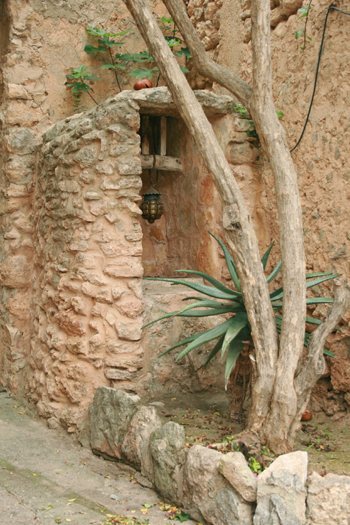
Its beginnings go right back to the Moorish times, surrounding the Benibazari farmhouse and from 1268 it took on the name of its owner, Bernat de Santa Eugenia.
It is home to 13 archaeological sites that document its prehistory and ancient history. At present, with a population of some 1600 inhabitants, as the mayor Guillerm Crespí explains, Santa Eugenia is an “open and hospitable” municipality” that has not experienced the demographic and property boom that other neighbouring municipalities have suffered from, “and is somewhere our visitors and future residents can feel at home”: One of the paths for the future is to promote cultural tourism. Because of this, they are working on the restoration of the area of the Son Mascaró monument, with the aim of making it into a Centre for Understanding the Flora of the region, the Comarca Del Pla.

Biniali
Just some kilometres from Santa Eugenia is the hamlet of Biniali, belonging to the municipality of Sencelles.
The hamlet has 200 inhabitants and it also holds the title of Place of Cultural Interest. Biniali also has important archaeological sites; among them is the Cova Monja (Nun’s Cave).
It is well worth a walk around the peaceful streets of towns like Biniali or Santa Eugenia, enjoying its charming scenery, with the Sierra Tramuntana as a backdrop and surrounded at all times with the famous PDO (Protected designation of Origin) Binissalem vineyards.

























